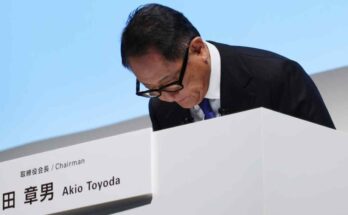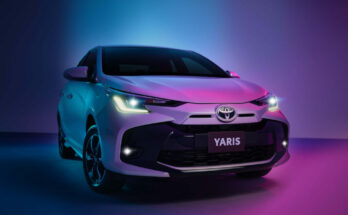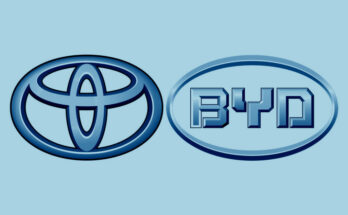The Toyota Mirai Limited which retails at $66,000 in the U.S. can now be had for an astonishing $40,000 less, which means its price has been slashed by 67%.
With the optional 0% interest financing and the $15,000 in free hydrogen amortized over six years, the cost of the new automobile comes down to about $11,000. Based on the latest estimate, that is how much Toyota has to spend to manufacture the vehicle’s fuel cell stack alone. Simply put, the customers just buy the fuel cell, and Toyota pays for the rest of the car. It would be a great deal if one could find the hydrogen to power it.

Toyota’s discount comes on the heels of Shell’s announcement three weeks ago that it’s closing its hydrogen filling stations in California. Granted, the oil company only had 7 stations to begin with (5 of which had been out of order), but that still represents more than 10% of the Golden State’s stations, nearly all of which are clustered around Los Angeles and San Francisco. Of those that remain, about a quarter are offline, according to the Hydrogen Fuel Cell Partnership. California was and still is, the only state where a fuel cell vehicle makes logistical sense — if you have a filling station nearby that’s operational.
Now, hydrogen has great potential as a fuel source for many parts of a carbon-free economy, from industrial heat to steel production and long-distance shipping. That’s why so many hydrogen startups are pitching themselves as zero-carbon solutions for those sectors. However, where hydrogen has not found traction, is in propelling passenger cars and trucks.
Related: Toyota to Step Up Hydrogen Fuel Cells Push Outside Japan
Road trips are still not possible for Mirai owners due to the inconsistent production and distribution of hydrogen. Furthermore, fuel cells aren’t cheap, even at the fire-sale price of the Mirai. And, if FCEVs are to reduce carbon emissions, they must run on green hydrogen rather than the fossil-fuel-derived gray hydrogen that currently dominates. Until that happens, they are just moderately more environmentally friendly than advanced hybrids.
It’s quite evident that zero-emission, light-duty vehicles will have to rely on batteries. So, why are Toyota, Hyundai (which sells the Nexo FCV), and Honda (which recently introduced the fuel-cell CR-V) still so optimistic about hydrogen? Well, there can be a number of reasons why automakers might be pushing fuel cells.
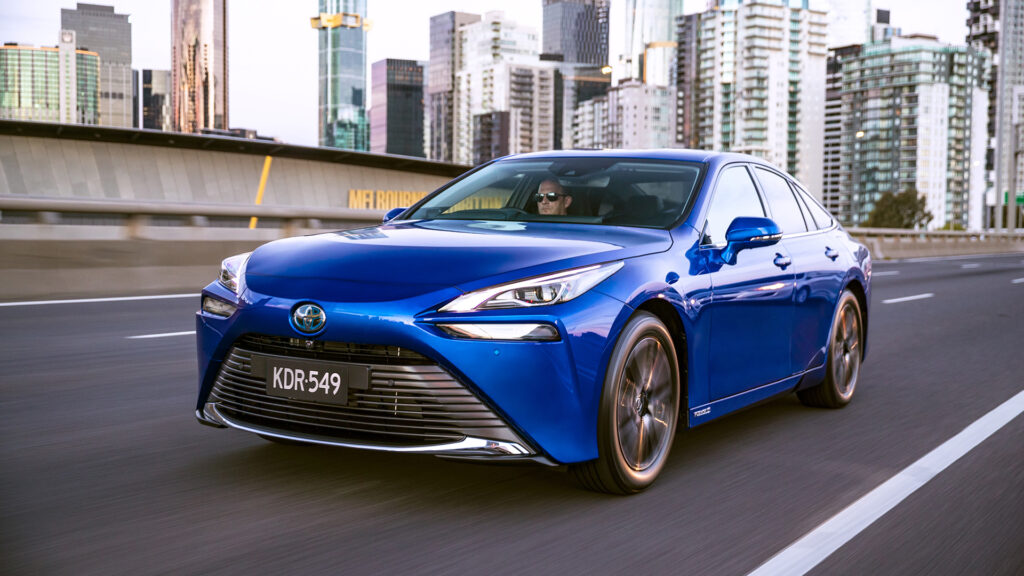
The cynical opinion holds that automakers are aware that fuel-cell vehicles and hydrogen infrastructure won’t be ready for ten years or more, but they can persuade politicians and EV-averse consumers to accept fossil fuel-powered cars in the interim by highlighting their benefits, such as rapid fueling. To some extent, it appears that they chose to forgo electric cars—the most popular picture of a low-emissions transportation future—in favor of investing in an image of being technologically forward-thinking and environmentally aware.
A charitable perspective is that companies are powerless against institutional lethargy. The current engineers and executives of the companies may find fuel cells to be just fascinating. They are complicated, primarily mechanical, fed by pumps and tubes, and relieved by exhaust pipes, just like internal combustion engines. Furthermore, unlike batteries, which are nearly always produced by vendors, the majority of the design and manufacturing know-how may be retained in-house.
Related: Hydrogen Fuel Cell Car Sales Dwindling
Finally, automakers may believe that unless fill-up times coincide with those of gasoline-powered vehicles, buyers won’t switch. Electric vehicle (EV) charging times are decreasing, but they will probably never reach the 5-minute barrier, unlike hydrogen. Perhaps automakers truly believe that an extra 5 or 10 minutes will be a deal breaker for the majority of consumers.
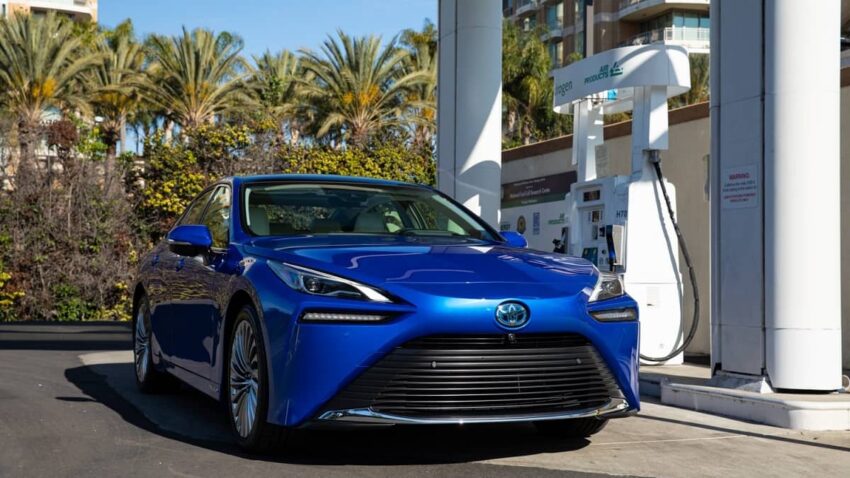
Automakers may be proven correct someday. If today’s hydrogen companies thrive and can create enough capacity to meet industrial and shipping demand, it might make sense to begin selling fuel-cell automobiles to the masses. Will that day come 10 years from now? Or maybe even 20? In other words, it’s not on anyone’s roadmap right now.
Article source: Tech Crunch

A computer animation professional with over 23 years of industry experience having served in leading organizations, TV channels & production facilities in Pakistan. An avid car enthusiast and petrolhead with an affection to deliver quality content to help shape opinions. Formerly written for PakWheels as well as major publications including Dawn. Founder of CarSpiritPK.com

